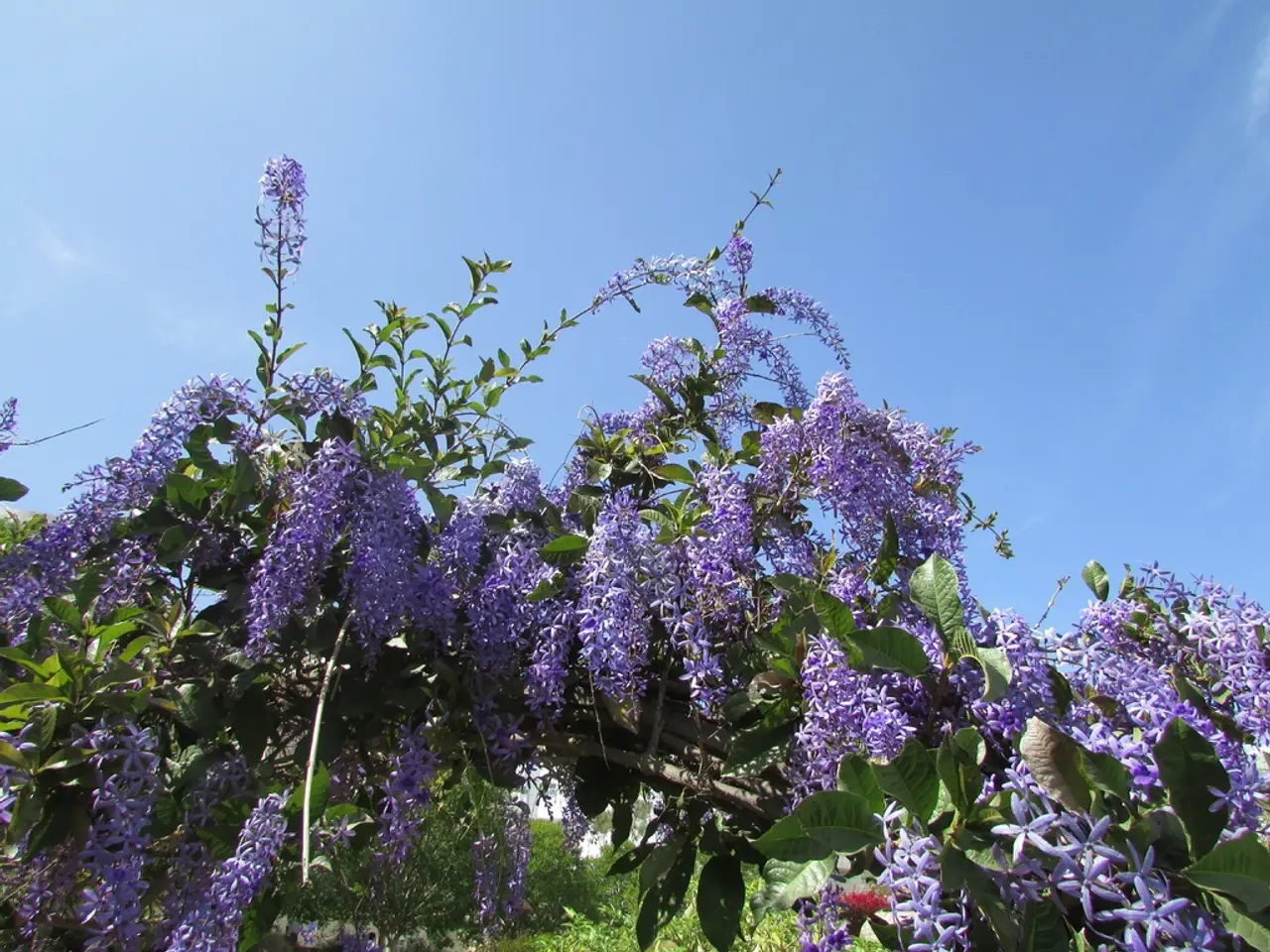Traditional Knowledge on the New Zealand Native Flower, Kōwhai
The Kōwhai tree, a vibrant symbol of springtime in Aotearoa, holds a special place in Māori culture. Its parts have been utilised for medicinal, symbolic, and practical purposes, reflecting the tree's versatility and importance.
Medicinal Uses
Traditional Māori remedies often included resin from the Kōwhai tree. The kernels, when crushed, were transformed into a paste used to treat various skin ailments, such as boils, or to soothe sore gums. Known as wai kōwhai, this remedy was also used to combat shingles, itching, and dandruff. Bark from the tree was applied to treat bruises and wounds.
Symbolic Uses
The Kōwhai tree is deeply rooted in Māori identity and symbolism. Its bright yellow flowers often represent renewal and a connection to the natural world, although detailed symbolic meanings are less documented. In Mātauranga Māori, the phrase "ko te ao o te kōwhai" refers to springtime, emphasising the tree's cultural significance.
Practical Uses
Kōwhai wood is highly valued for its strength and quality, making it ideal for carving and building. It was used to craft taiaha (wooden spears), patu (clubs), and whare (houses/buildings), demonstrating its utility in Māori crafts and construction. Additionally, roots from the tree were used to make matau (fish hooks), while branches were fashioned into kō (digging sticks) and bird snares. Taiapa (fences) and tūwatawata (stockade fences) were also built using kōwhai wood.
The Kōwhai Tree and the Maramataka
The blooming Kōwhai tree serves as a tohu, or indicator, in the local maramataka, signifying the planting season or spring. Once the Kōwhai flower appears, it's time for Māori to prepare and plant the soil for the year's crops, including kūmara.
When European settlers arrived, they began using Kōwhai in various ways, such as railway sleepers, house blocks, and house piles. If it rains during the Kōwhai blooming season, the rain is known as ua kōwhai or kōwhai rain.
The Kōwhai tree's rich tapestry of uses extends beyond Māori culture. Manu (birds) that consumed Kōwhai, such as kereru, were known to make people sick and were avoided. A PDF from the New Zealand Plant Conservation Network provides information about Kōwhai toxicity.
For those interested in exploring Kōwhai mātauranga further, resources include classroom activities, recorded webinars, and external links featuring mātauranga Māori of Kōwhai. These resources offer insights into the tree's medicinal, symbolic, and practical uses, ensuring its rich history continues to be celebrated and understood.
Science understands the medicinal benefits of the Kōwhai tree, with traditional Māori remedies involving the use of its resin, kernels, bark, roots, and branches for various health-and-wellness concerns, including skin ailments, shingles, itching, dandruff, bruises, wounds, and even as ingredients for matau (fish hooks) and bird snares.
Lifestyle and home-and-garden enthusiasts can appreciate the Kōwhai tree as a versatile and valuable resource, used for carving taiaha (wooden spears), patu (clubs), whare (houses/buildings), and various gardening tools like kō (digging sticks). Its blooming season also serves as a tohu, or indicator, in the maramataka, signifying the planting season or spring, making it an essential element in home-and-garden planning.




